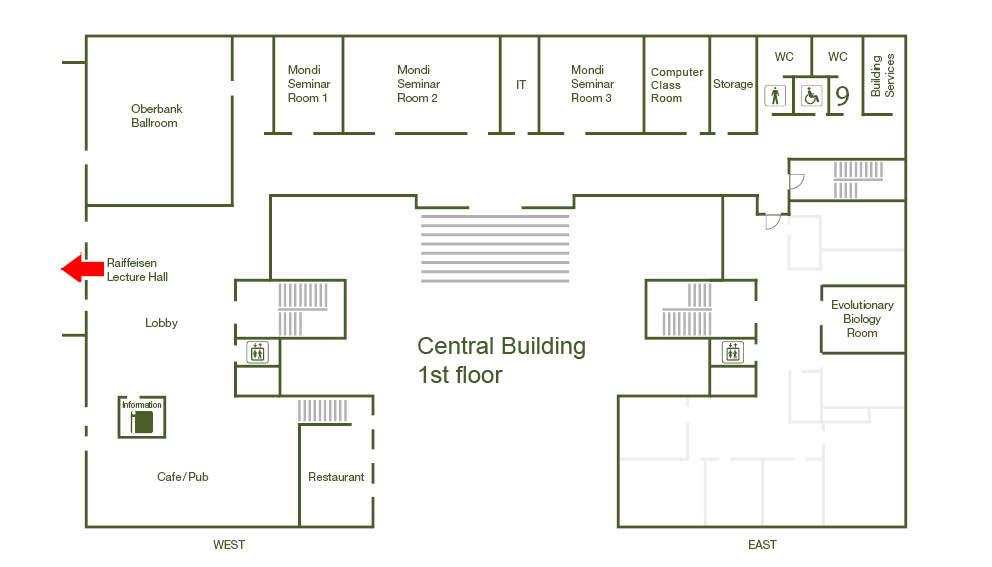How much does Big-A talk to Little-a?

Abstract
Diploid organisms have two copies of most genes, one from the mother and one from the father. When it comes to gene expression, the two often deviate from equal expression, and there can be profound evolutionary consequences of this. Phenomena like dominance and genomic imprinting are two such examples of molecular mechanisms that result in a departure from simple additive effects of alleles. Transvection is a genetic phenomenon whereby a heterozygote for two different defective alleles may have wild-type function. While transvection has been amply demonstrated at a handful of genetic loci in Drosophila (e.g. bicoid, yellow), an outstanding question in genetics is whether it occurs at all genes. A more general form of the question is to ask – “Is the expression level of an allele strictly a property of the allele itself, or is it impacted by the state of the other allele?” Here we apply RNA-seq to female head tissue from progeny of a grid cross of five founder lines from the Drosophila Synthetic Reference Population, and test how often allele-specific expression levels suggest any inter-allelic interaction. The read counts from the RNA-seq experiments can be thought of as pairwise contests between alleles, with each allele being involved in several such contests. To estimate the intrinsic transcript abundance from each allele, we fitted the Bradley-Terry model. This also allowed testing goodness-of-fit to the null hypothesis of no inter-allelic interaction. The test was applied individually to each of the 8201 genes that had sufficient read depth and polymorphism to accurately call allele-specific expression. The surprising result was that 98% of these genes fitted the model, implying a lack of interaction (i.e. no evidence for transvection). We then explore the possible evolutionary consequences of genes that undergo classical transvection, where two different defective alleles complement each other.